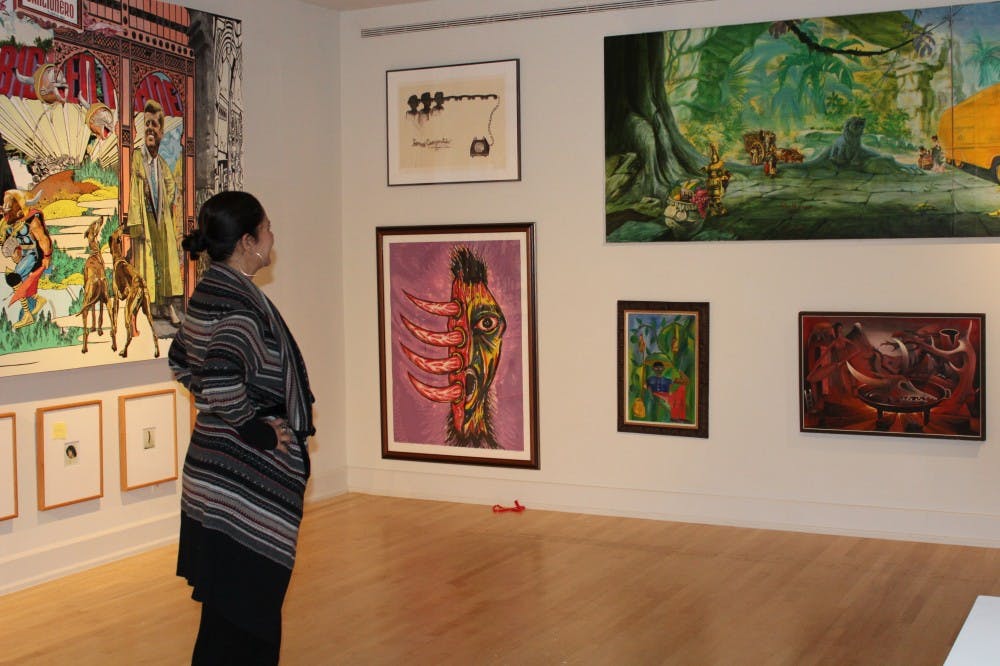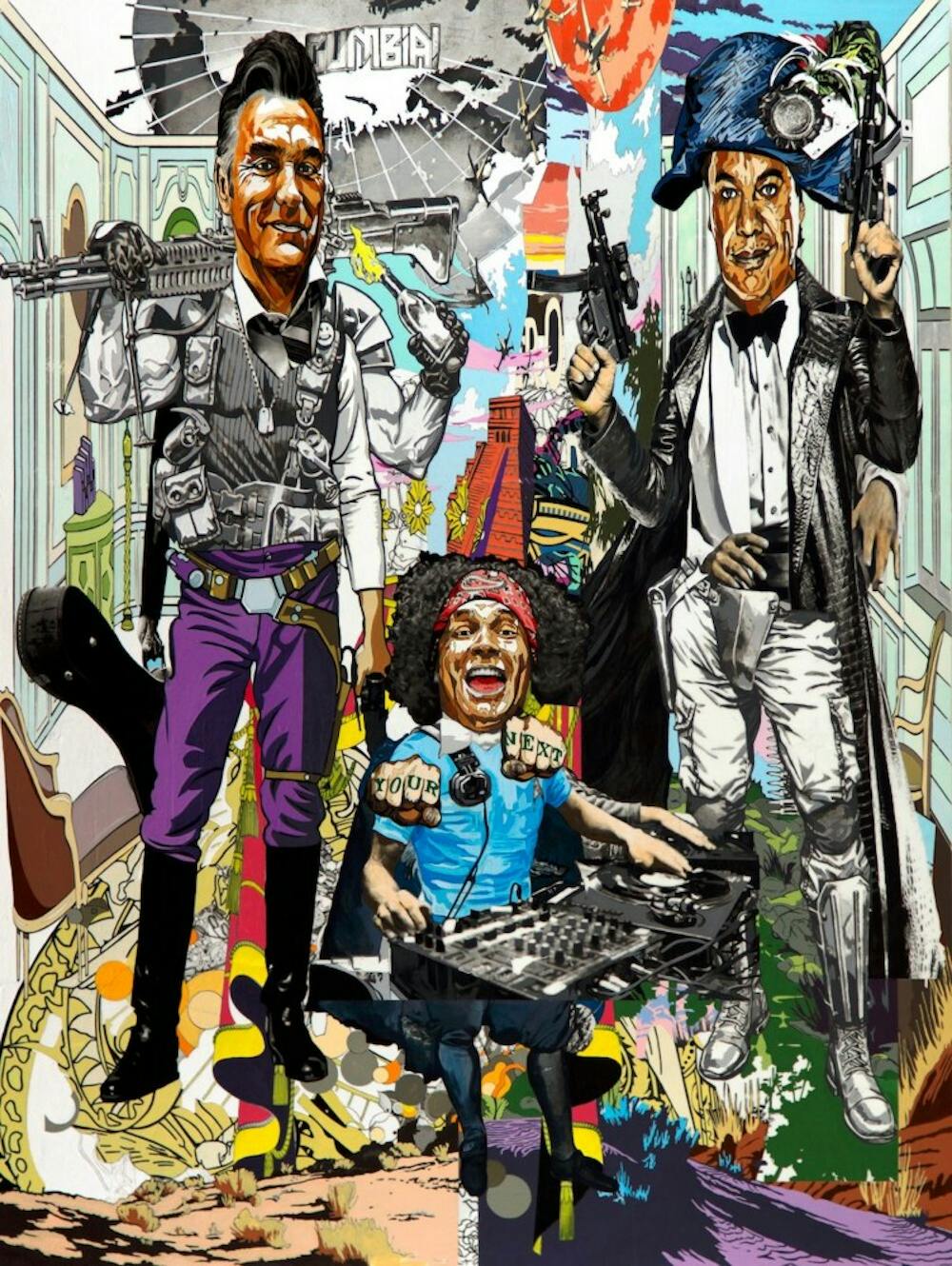A Dream on a Dream is showcasing art from ASU Art Museum's permanent collection and work by Claudio Dicochea, a Mexican artist and educator, from Jan. 20 through June 2, as a means of sparking a dialogue about the American Dream.
Julio Cesar Morales, curator of the ASU Art Museum, said that the theme of the exhibition is the American Dream and questioning it. “Is it real?” Morales asked.
“Has it always been attainable or not? Who gets to live the American Dream and who doesn’t?" he said.
The exhibit is part of the museum's Encounter series, where artist and scholars are invited to curate exhibits comprised of work from the ASU Art Museum’s collection along with their own work.
A Dream on a Dream will focus on Cuban, Pop Art, Native American and African-American work.
The American Dream “is just a dream," Morales said.
“The majority of the people, especially immigrants, are not able to attain the American dream. Who is given the opportunity to prosper?”
Morales said the exhibit was inspired by the current DACA crisis. The exhibit prominently features "A Dream on a Dream," a painting by American artist Robert Colescott.
Dicochea's work is based on illustrations of the racial caste system in colonial Latin America.
He replaces the images of original work of the period with images of pop icons and political figures to better reflect current events and the societal hierarchy.
Edder Diaz Martinez, a journalism senior and DACA recipient, said that the American Dream means not having to live in fear of being deported, which means a lot to him and his family.
Martinez said the exhibit is important and needed because it has historical value. He said it will document the important issues pressing our society today.
“(Art) humanizes us, and makes it personal," he said.
Martinez said a lot people see DACA students pursuing their education as a prime example of the American Dream.
“It's these DACA students, these DREAMers — they are going to school, and they are working," Martinez said.
But Martinez said DACA recipients live in a society that doesn't accept them because of their immigration status.
"DREAMers aren't able to achieve their American Dream because they are still being deported," he said.
Nefisa Iman, a junior majoring in sociology, thinks that the American Dream means different things to different people. The American Dream means “making the most of what you have and the opportunities that are given to you,” she said.
But she said that people of color, Muslims and women, among other minority groups, are not presented with a lot of opportunities.
Iman said that the exhibit is important because it displays work by minority artists.
Evvan Morton, a fourth year doctoral student studying sustainable engineering, said the American Dream is “just having endless opportunities to go for your goals, to be able to do what you would like to do, to contribute to society and being comfortable of who you are."
She said the exhibit illustrates how difficult it is for minority groups to achieve the American Dream.
“(For) people of color and people who do not have citizenship, it is very difficult to to attain the dream that they would like to have,” Morton said.
Correction: A previous version of this story incorrectly identified the artist who painted “A Dream on a Dream.” The story has been updated.
Reach the reporter at nahassa2@asu.edu.
Like The State Press on Facebook and follow @statepress on Twitter.
Continue supporting student journalism and
donate to The State Press today.





